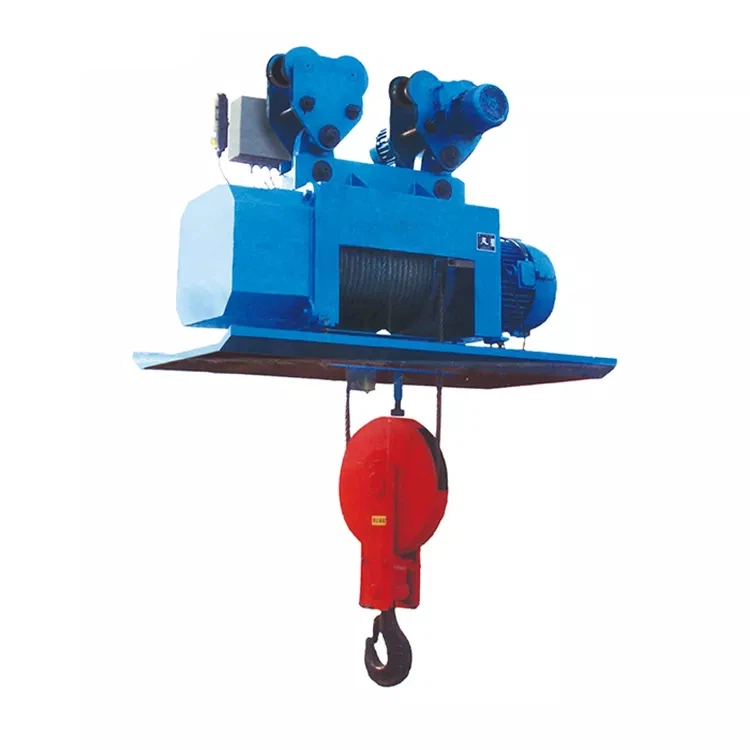The design of hoists plays a pivotal role in determining their performance and efficiency across various industries and applications. From construction sites to manufacturing plants, hoists are indispensable tools for lifting and moving heavy loads, and optimizing their design can significantly enhance productivity, safety, and cost-effectiveness. One of the key factors influencing hoist performance is the type of mechanism employed for lifting and lowering loads. Traditional hoists utilize wire ropes or chains wrapped around drums or sheaves, powered by electric motors or manual operation. However, advancements in technology have led to the development of more efficient alternatives such as pneumatic and hydraulic hoists. Pneumatic hoists, powered by compressed air, offer smooth and precise lifting capabilities with minimal maintenance requirements. Hydraulic hoists, on the other hand, leverage hydraulic fluid to generate lifting force, providing high power-to-weight ratios and precise control over load movements.

Furthermore, the structural design of polipasto electrico significantly affects their performance and efficiency. Components such as the frame, drum, gears, and brakes must be robust and well-engineered to withstand heavy loads and harsh operating conditions. A sturdy frame ensures stability and prevents structural deformities during lifting operations, while high-quality gears and brakes ensure smooth and reliable performance. Moreover, the arrangement of components within the hoist, such as the placement of motors and gearboxes, can affect its overall efficiency by minimizing energy losses and reducing friction. Another critical aspect of hoist design is the incorporation of safety features to prevent accidents and injuries. Overload protection mechanisms, emergency stop buttons, and limit switches are essential components that help safeguard both personnel and equipment. Additionally, ergonomic design elements such as adjustable handles and intuitive controls contribute to operator comfort and reduce fatigue, ultimately enhancing productivity and efficiency.
The size and capacity of a hoist also influence its performance and efficiency. Choosing the right hoist for a specific application requires careful consideration of factors such as load weight, lifting height, and operating environment. Undersized hoists may struggle to lift heavy loads efficiently, leading to increased cycle times and potential safety hazards. Conversely, oversized hoists may consume more energy than necessary and result in higher operating costs. Therefore, selecting a hoist with the appropriate capacity and specifications is essential for maximizing performance and efficiency. Moreover, advancements in automation and control systems have revolutionized hoist operation, allowing for seamless integration with other industrial processes. Programmable logic controllers PLCs and advanced algorithms enable precise control over hoist movements, optimizing acceleration, deceleration, and positioning accuracy. Additionally, remote monitoring and diagnostics capabilities allow operators to detect potential issues early on and perform preventive maintenance, minimizing downtime and maximizing productivity.